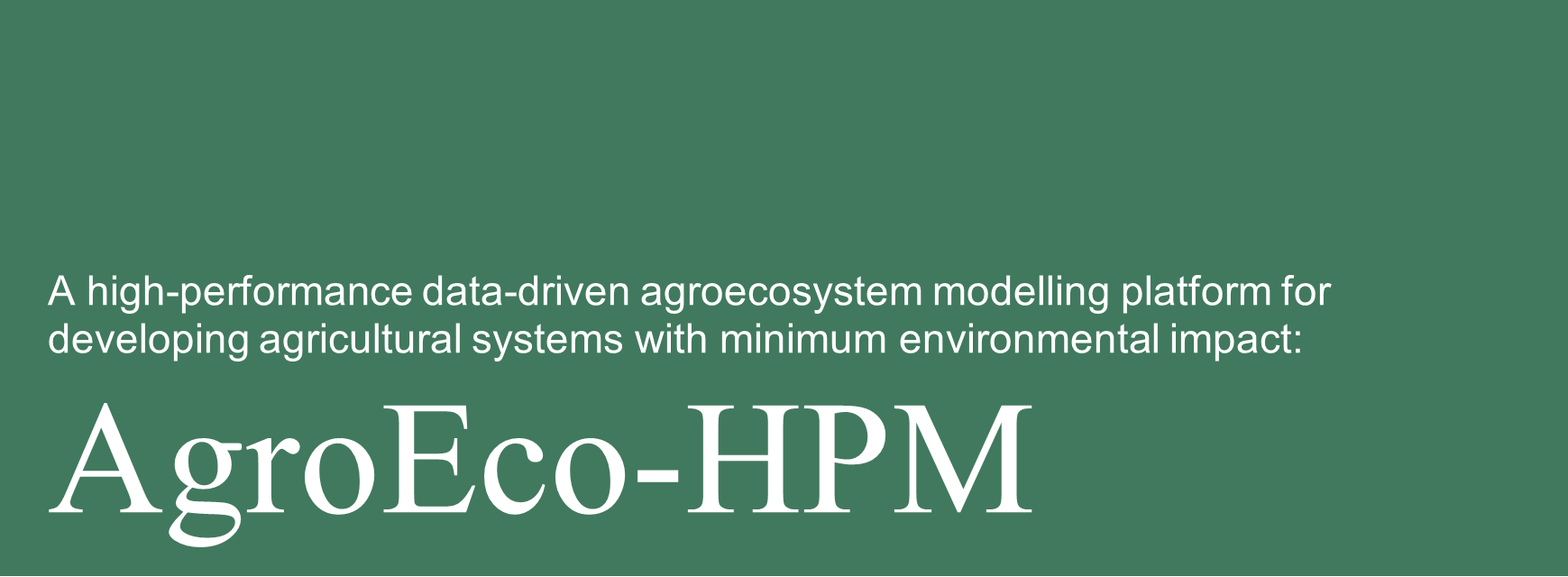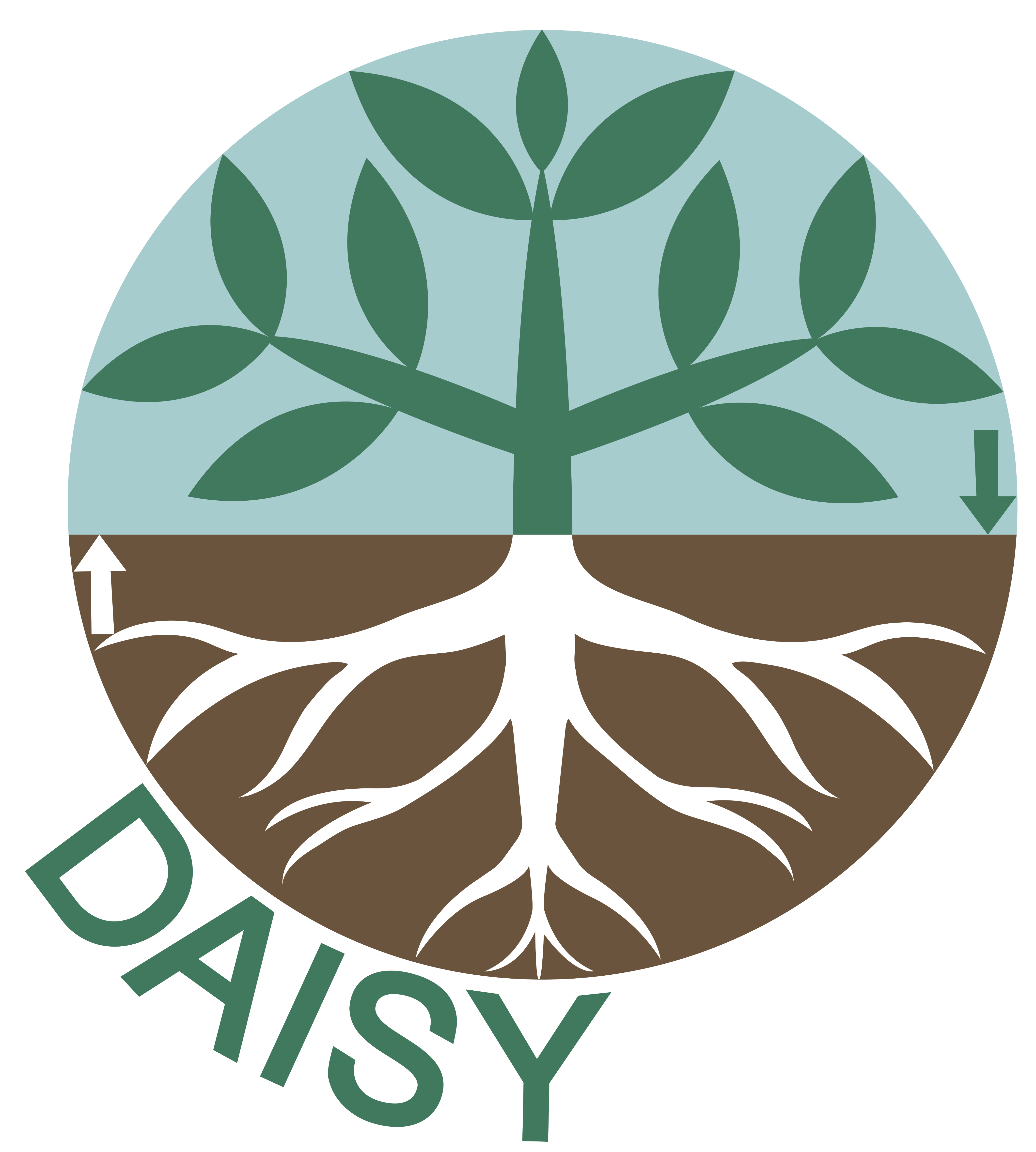
Motivation
As is often the case with highly domain specific tools, there is quite a steep learning curve in mastering the use of DAISY. This naturally deters non-expert users, who might otherwise have benefitted from including simulation results in their decision processes.
This project aims to overcome some of these hurdles by improving user interaction, expanding documentation, improving parameterisations, and developing new teaching resources.
Usability will be improved through two new interfaces: GeoDaisy and ParaDaisy.
GeoDaisy
Harnessing data available in a range of databases describing soil properties, weather and management in Denmark, and possibly other European countries, will result in a GIS-based DAISY platform. Through this platform, it will be possible to conduct DAISY simulations for georeferenced areas, even for non-expert users.
ParaDaisy
With access to high-performance computing and the development of new tools, it will be possible to conduct parameter estimations, scenario analysis, inverse modeling and uncertainty and sensitivity analysis in a fast and consistent manner.
Your input is valuable
If you have any ideas, wishes or inputs to the new and improved Daisy model, both to the interface, teaching resources or functionality we are very interested to hear from you and collaborate. We are also very interested in datasets that can be used for testing and parameterisations (e.g. for crops) that can be included in our comparisons. You can contact us on: daisy-model-devel@googlegroups.com
Acknowledgements
We thank the Novo Nordisk Foundation for the major data science research infrastructure grant, making this DAISY improvement possible.
Steering committee and working groups
The project is guided by a steering committee. The steering committee will be in close contact with all core collaborators of the project. It will guide decisions on tools to be implemented, considering future use as well as time and resources available, coordinate the implementation when requiring links between institutions and groups, and monitor progress. Furthermore, the steering committee has to develop a strategy of how to maintain the platform in the long run. See the members of the steering committee here.
For specific workings areas the project will be guided by workgroups who will give inputs, prioritize, and direct the tasks related to their “workarea”. So, far, four workgroups have been established: 1. Knowledge sharing and gaps; 2. Databases; 3. Advanced methods in modelling (inverse modelling/parameter optimization) and 4. Teaching Daisy. See more about the groups and contact persons here.
Read the project description here.
Contact
Please write to daisy-model-devel@googlegroups.com or daisy@ku.dk if you have any questions.
